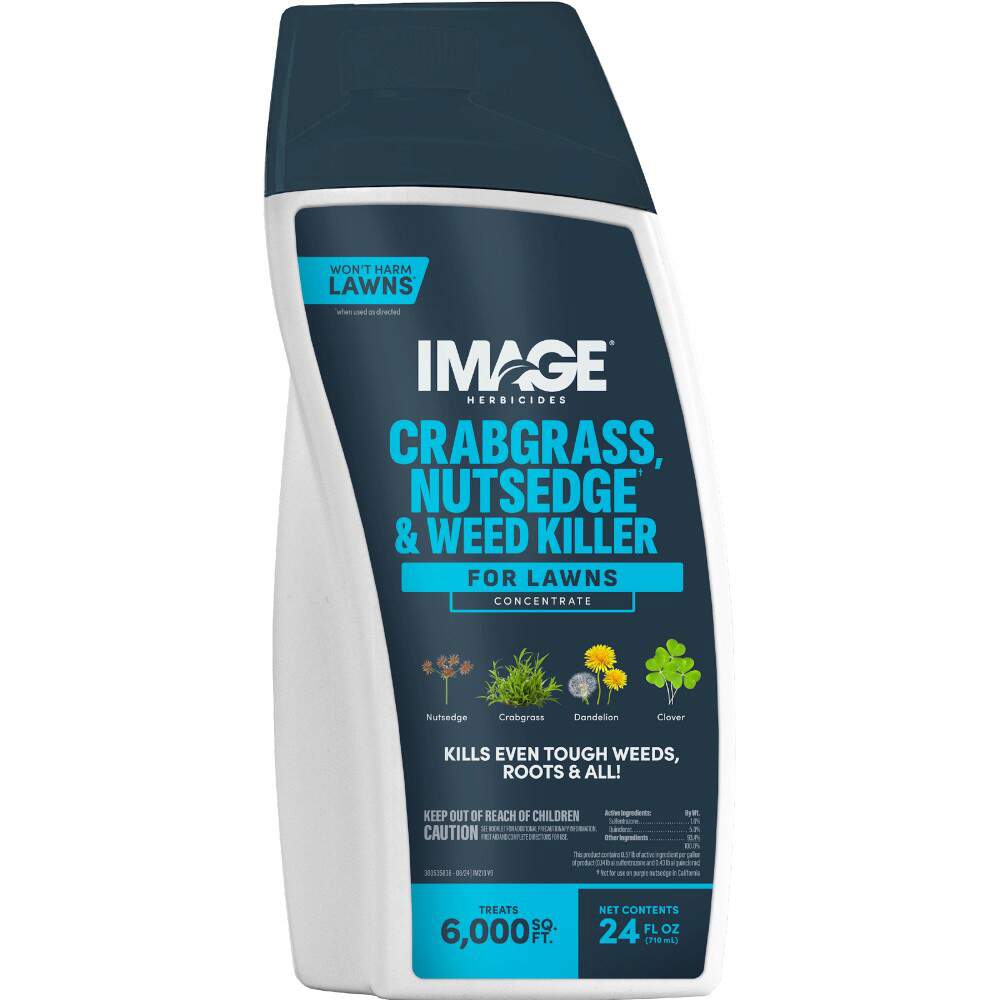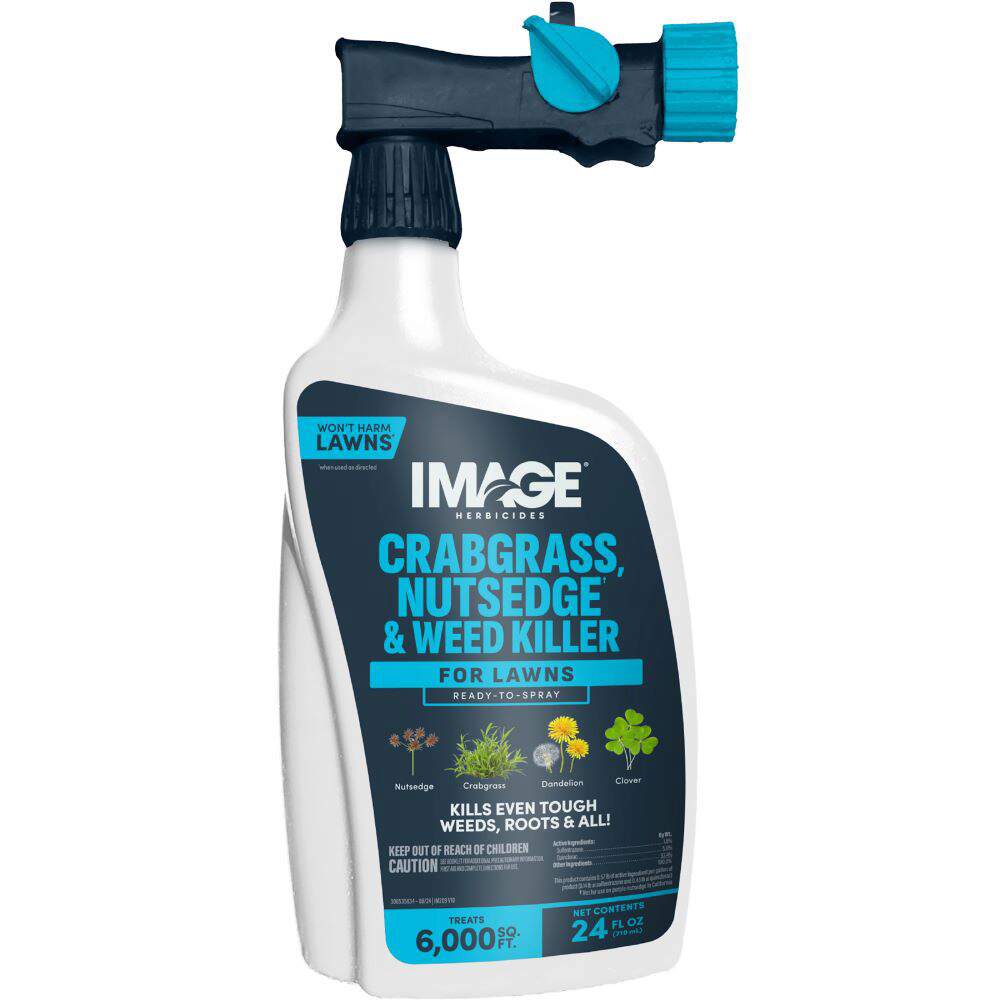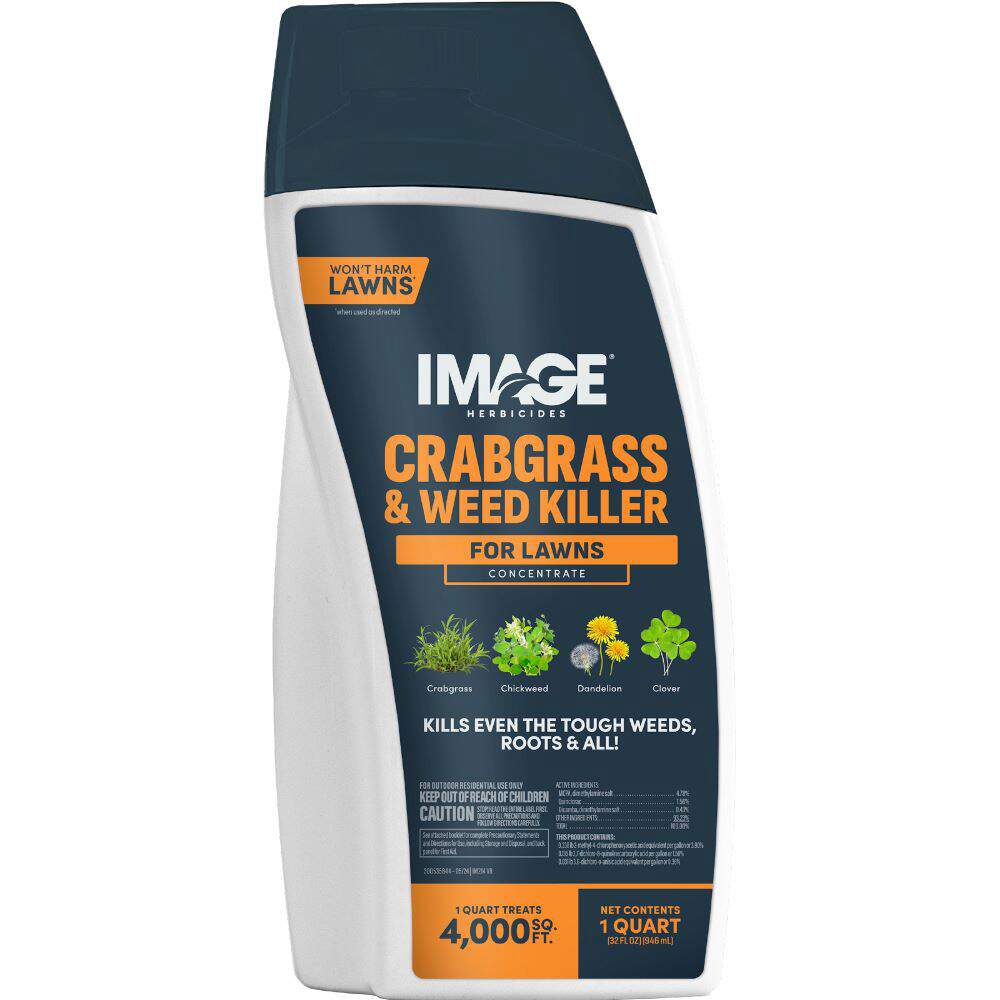HOW TO IDENTIFY WILD VIOLET
Wild violet's dainty flowers belie the stubborn nature of this difficult-to-control perennial lawn weed. The five-petaled, 3/4-inch blooms may be pale to dark violet-blue with whitish throats. Some are nearly all white. Each flower has two upper petals, one lower petal, and two lateral petals bearded with tiny white hairs. Each spring flower appears on a leafless stalk up to 5 inches tall.
The waxy, heart-shaped leaves of wild violet are smooth on both sides. Prominent veins run from the base of the 3-inch leaves to margins with rounded teeth. In addition to its familiar blooms, wild violet has inconspicuous, non-opening flowers that self-pollinate and produce seed. The three-part seed capsules produced in summer eject mature seeds up to 4 feet away.
Wild violet cross-pollinates and interbreeds readily, resulting in many wild violet variations and hybrids. Even botanists have difficulty distinguishing and agreeing on how to classify the wild violets that result.
WHERE AND WHY WILD VIOLET GROWS
Wild violet is a native North American plant naturally found throughout the United States in woodlands and meadows. But when this flowering plant moves into lawns and landscapes, it becomes a difficult weed. Wild violet spreads by underground stems, known as rhizomes, to form large, persistent colonies.
Once established, wild violet outcompetes lawn grasses for water and nutrients. Though it prefers cool and moist shade, it tolerates dry shade and moist full-sun spots as well. This weed takes advantage of poor lawn maintenance to get the upper hand on turf. Maintaining a thick, lush, healthy lawn through proper fertilization, watering and mowing is a smart defense.
HOW TO CONTROL WILD VIOLET
When treating wild violet or other lawn weeds, always read labels thoroughly before you apply any product. Some lawn grasses are sensitive to herbicides, so make sure the label lists your grass type. Only treat established lawn grasses, not newly seeded areas. For best results, treat wild violet in spring and fall.
Image Herbicides offer several highly effective liquid products to kill or control wild violet:
- Image Herbicides Crabgrass, Nutsedge & Weed Killer for Lawns, available in Ready-to-Spray and Concentrate options, is a selective weed killer suited to most cool- and warm-season lawns. This post-emergent herbicide starts working on contact to kill wild violet to the root.
- Image Herbicides Nutsedge Killer for Southern Lawns, available in Ready-to-Spray and Concentrate forms, kills even the tough weeds — roots and all. For best results, apply this selective post-emergent herbicide to wild violet when soil is moist and the weed is actively growing.
- Image Herbicides Weed Killer for Southern Lawns, available in Ready-to-Spray and Concentrate formulas, starts working immediately to kill wild violet down to the roots. Hard-to-control wild violet may require two applications and higher use rates, as specified on the product label.
Wild Violet Control Tip: In fall, wild violet transfers its above-ground energy resources to its roots in preparation for winter months. Fall treatments capitalize on that movement to help kill this tough weed from the top down and the roots up.
If you're looking for a granular option for post-emergent weed control, Pennington Full Season Weed & Feed 25-0-8 controls wild violet and feeds your lawn.
Always read product labels thoroughly and follow instructions, including guidelines for lawn grasses, frequency of applications and seasonal maximums that may apply.
WILD VIOLET GALLERY
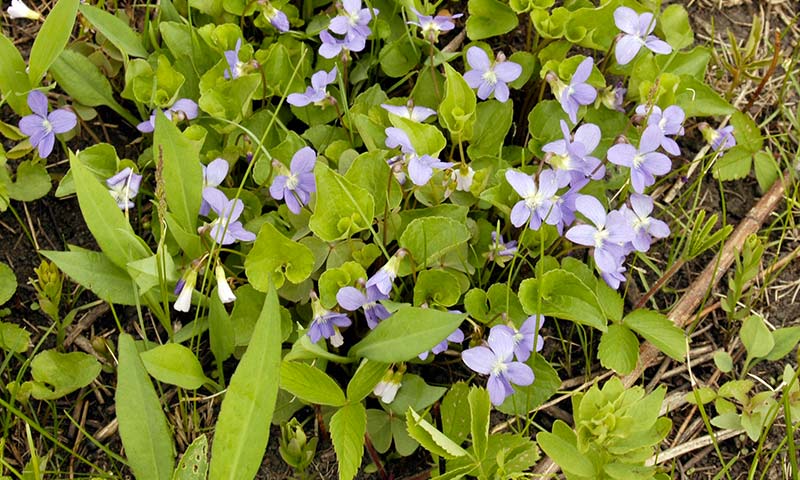
Wild Violet Patch
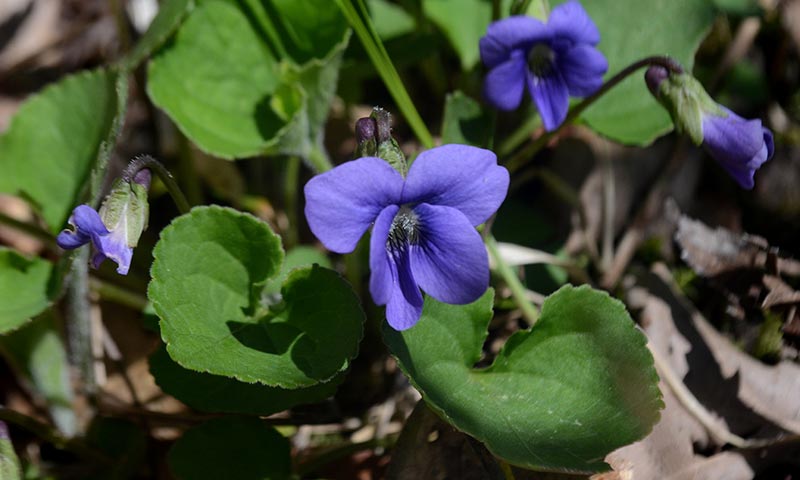
Wild Violet Stems and Flowers
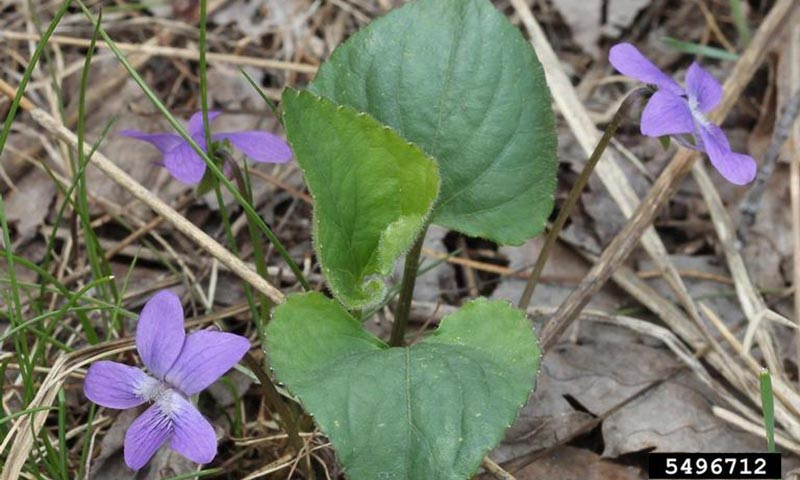
Wild Violet Flowers and Leaves
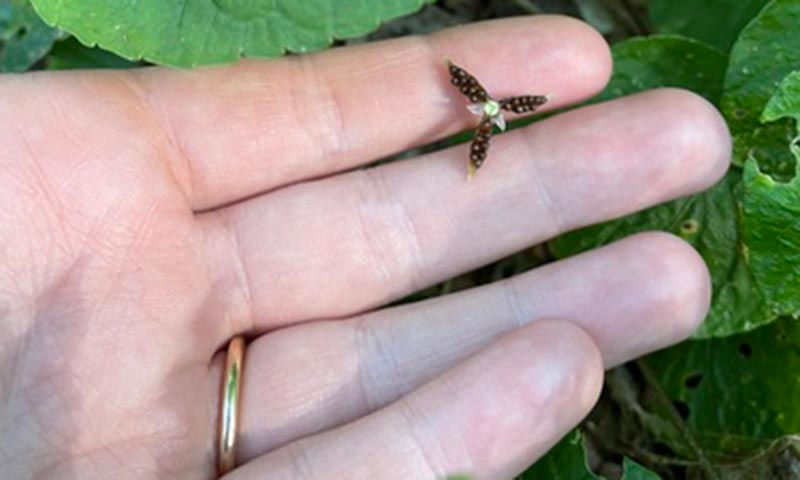
Wild Violet Seed Pod


